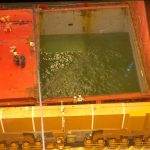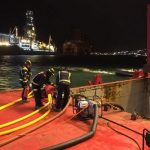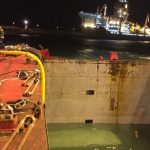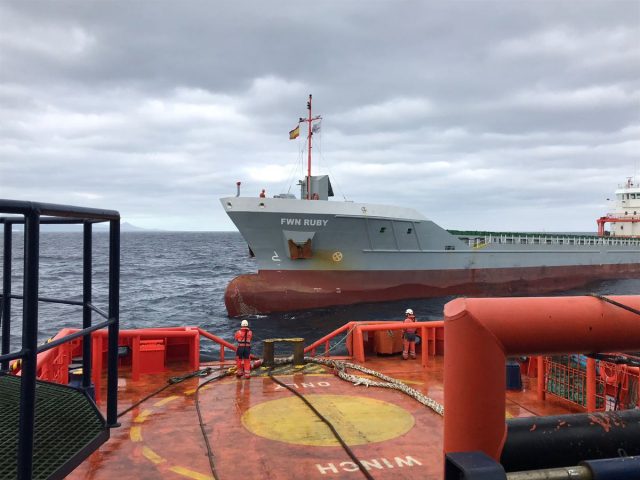Beatriz B
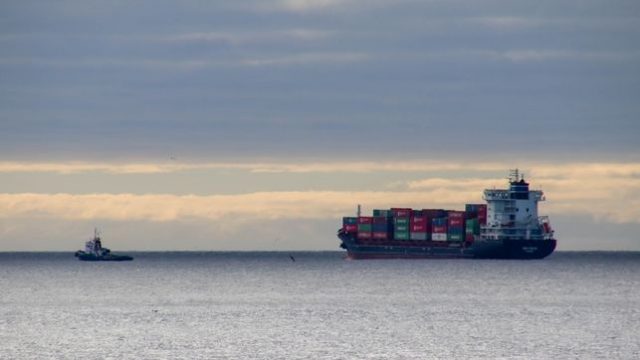
The 158 meter long, 14230 dwt container ship Beatriz B became disabled off Santa Cruz de La Palma, Canaries Islands. The Beatriz B had suffered engine failure and went adrift. A tug was dispatched to the scene and took the Beatriz B under tow. A short time later the crew was able to make repairs and restored power. The Beatriz B proceeded to the port of Santa Cruz de La Palma under tug escort. No reports of injuries, damage or pollution released.
